Creating a nursery for your baby is an exciting and stressful task. There are so many options that narrowing down the design and materials can be difficult. In this article, we explore what to look for in a DIY nursery.
Plans for a DIY Nursery Design
If you’re thinking of DIY-ing your own nursery, there are a few things to keep in mind.
Make sure that the space is big enough to accommodate your needs. The layout will depend on what type of nursery you have in mind a traditional one with a crib and changing table or maybe a more modern space with an open floor plan and a separate area for the baby’s bed. If you’re looking for some inspiration or help visualizing different options, you might want to try an AI interior design app, which can offer personalized design suggestions based on your style and preferences. This can make it easier to see how different layouts will work in your space before committing to any one idea.
Once you have a basic idea of what you want, it’s time to start shopping! There are plenty of options available for both classic and modern nurseries. If you’re looking for furniture that can be used throughout the child’s growing years, consider investing in pieces like a dresser or storage unit.
Think about how you’ll style the nursery. Do you want it to be brightly colored and cheerful, or do you prefer something more calming? There are lots of ways to achieve either look, so just choose what works best for your personality and style. And don’t forget the adorable details of a personalized mobile above the crib, say, or some charming wall art featuring babies playing happily in their rooms!
Choosing the Perfect Room for Your Baby Before Starting Your DIY Project
Before diving into your DIY room design, it’s important to set up the space first. The room should be comfortable and welcoming, as well as clean and hygienic, as little ones are more prone to getting ill. You should enlist the services of a firm that offers Pest Controll to ensure the room is free from any pests that could pose a health risk to your baby. A pest-free environment is crucial for maintaining a safe and clean space for your little one.
Next, consider the room’s lighting. Natural light is beneficial, but you should also think about installing blackout curtains to ensure your baby can nap during the day. Soft, warm lighting can create a soothing atmosphere for nighttime feedings and bedtime routines.
Furthermore, ensure that the room has plenty of storage and enough space for both you and your little one. If you’re planning on having more than one child in the future, think about whether you’ll need an extra room or if you can squeeze it all in the current space.
Take into account its size. A small bedroom might not have enough space for a large crib, for example, while a large bedroom might not have enough space for a small crib and a changing table. Consider what kind of furniture will fit in the room and how much storage will be needed.
Once you have an idea of what style and size is best for your nursery, start searching for furniture that matches your vision. There are many options available online or at local stores, so don’t be afraid to try different pieces before making a final decision.
There’s another crucial aspect that shouldn’t be overlooked, and that is indoor air quality. It is important to ensure that the room has good air quality, as poor air can lead to respiratory issues like coughing and wheezing in your baby. It can also disrupt their sleep, which is something no parent wants.
So, make sure the room has adequate ventilation, ideally with large windows. However, keeping the windows open all the time may not be practical, as dust can accumulate, and noise from the main road could disturb your child’s sleep. In such cases, consider investing in a Room oxygen generator. These devices can provide a steady supply of fresh air, thus helping to create a healthier environment for your little one.
Decorating a New Nursery Room
Creating a nursery that’s both stylish and functional is a must when welcoming your new baby. Here are some tips on how to decorate a nursery that will make it feel like home from the get-go:
Begin by choosing the right furniture. Although there is no one specific style that’s appropriate for all nurseries, choosing pieces that will look good together and be comfortable for both you and your baby will help create a relaxing, comfortable space. Consider items like a cozy bed, rocking chair, and library card holder to keep little ones entertained while mom or dad gets some much-needed rest.
Next, consider accessories. A few nice touches can really amp up the look of your nursery, like soft blankets and pillows, elegant curtains or crib rails, or adorable toys and books. If you have kids of your own, be sure to pack away their toys before they arrive so there’s room for new arrivals!
Finally, think about the color palette. Keeping things light and airy is key in a nursery. A bold color scheme might feel too busy or overwhelming in such an intimate setting. Instead, opt for softer neutrals like taupe, beige, lavender, or pale pink to create a relaxing environment perfect for breastfeeding or sleeping newborns.
DIY Tips for a Successful DIY Nursery Room
Nursery design is one of the most important decisions you’ll make when planning your new baby’s room. Here are a few DIY tips to help you create the perfect nursery:
- Start with a blank slate. Don’t feel pressured to follow any specific design or style guidelines. The Nursery Design Project featured on this blog is an excellent example of how to create a space that is both custom and organized, regardless of the layout or furnishings you choose.
- Choose neutral colors and patterns. A nursery should be bright, cheery, and functional, but pastel colors and prints can be very calming and soothing.
- Use soft fabrics and textures in your decorating choices. A little luxury can go a long way in creating an inviting and comfortable space for your newborn child. Try choosing materials like curtains, bedding, throws, and rugs made from high-quality fabric collections like cashmere or cotton twill. You could also consider making customized rugs out of leather hides made of cowhides, or goatskin, or deerskin to lend a rustic design style to the room.
- Keep your furniture simple yet functional. Choose pieces that will last through multiple children’s visits over time (like a big stackable Huggababy crib or twin dresser). And keep all the hardware hidden so it doesn’t get in the way of little ones crawling around!
- Make use of storage options wisely. A small alcove near the bed can easily become a dumping ground for diapers, clothes, and toys, while cleverly designed shelves near the window can accommodate baskets filled with books, play
It’s important to start thinking about your nursery early on in the pregnancy process and to ask your friends and family what they think would be a good layout or theme for your room. Once you have a general idea of what you want, you can start creating a DIY Nursery Design plan that will fit within your budget and meet all of your requirements. So whether you’re just starting out on this amazing journey with a new arrival or you’ve been pregnant for quite some time now, make sure to check out our amazing selection of nurseries!

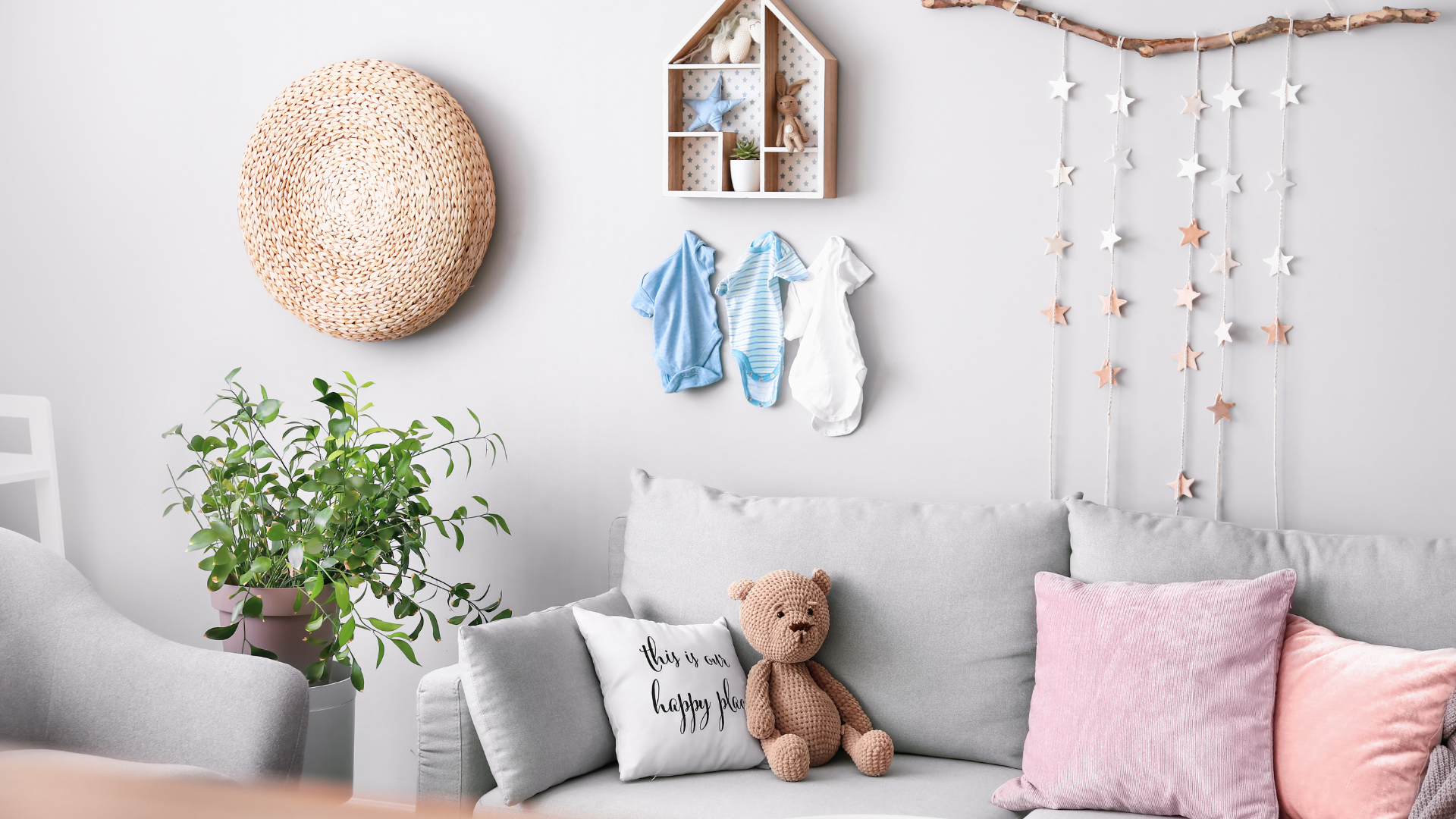
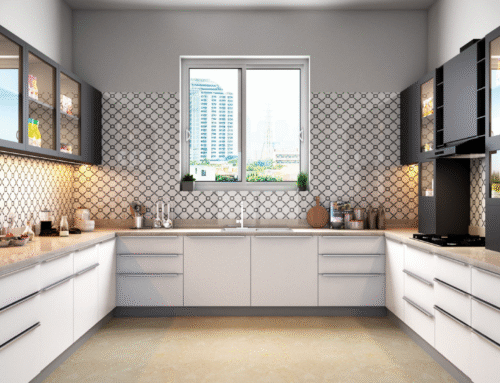
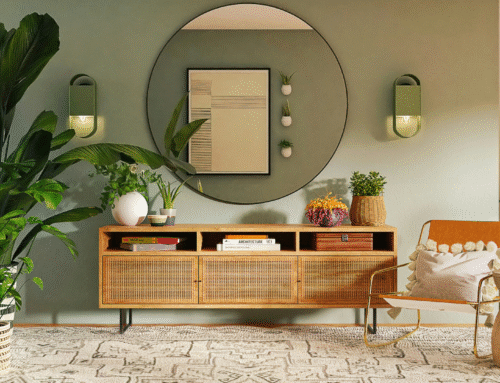
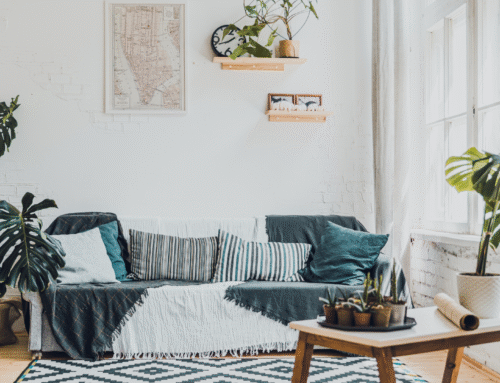
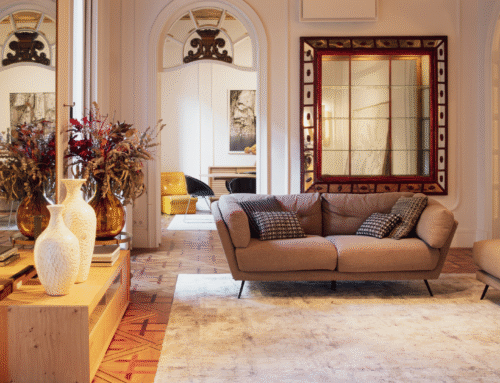
Leave A Comment